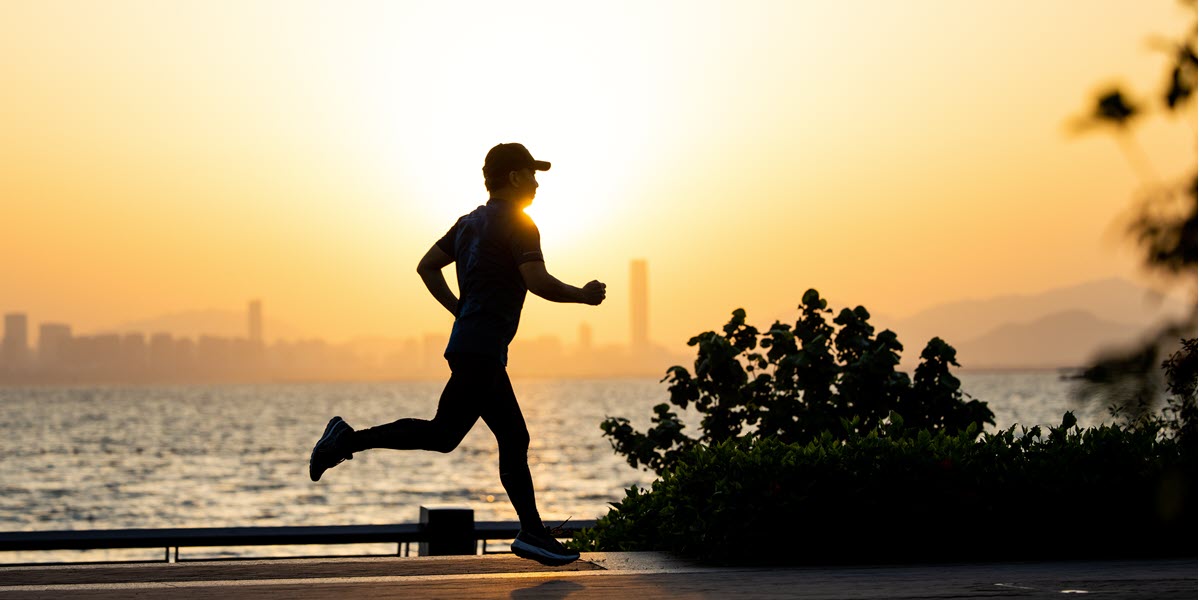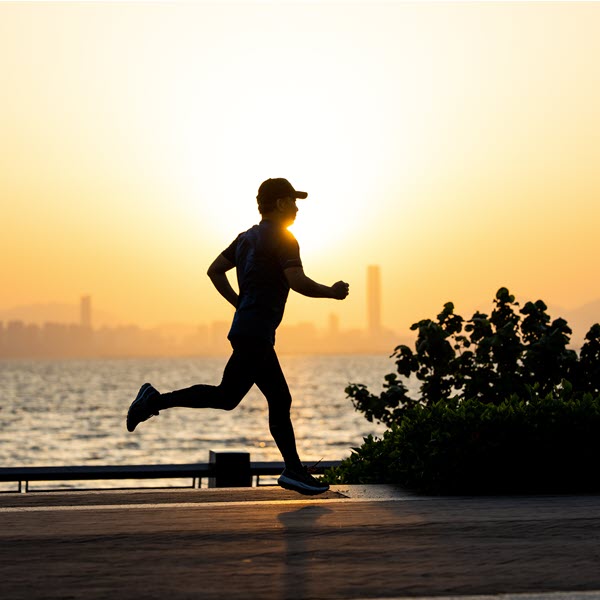written by Meridith Cass
6.28.2023 - Last weekend, the Boston Athletic Association (B.A.A.) hosted their annual 10K road race where athletes saw temperatures hit 82°F with 72% humidity. Despite being somewhat mild for Boston in the summer, these conditions hover around the thresholds set by the American College of Sports Medicine to warrant formal warning of an increased risk (defined as 80°F and above and humidity of at least 75% (1)) of exertional heat illness which includes heat stroke, heat exhaustion and heat cramps.
Understanding Heat Illness and Heat Stroke
At the B.A.A. 10K, a total of 47 runners required medical attention related to the heat, 12 of whom were diagnosed with exertional heat stroke. Symptoms of heat stroke include a high body temperature (103°F or higher), hot, red, dry, or damp skin, a fast or strong pulse, headache, dizziness, nausea, confusion losing consciousness. One of those runners presented with a core body temperature of 112.6°F – well over the threshold at which organ failure and even death can occur. Thankfully, due to the vigilance of medical staff on the course, that runner survived. But not all athletes who train and perform in the heat are so lucky.
While no athletes are immune to the risk of exertional heat illness, some sports are more susceptible than others. A systematic review of 62 epidemiological studies recently reported the highest incidence of exertional heat illness in American football, followed closely by running, cycling, and adventure races (2). Furthermore, marathons and triathlons report the highest number of hospitalizations due to the extended duration of vigorous exercise (2).
Endurance athletes training for summer and fall races know that they will inevitably have to train or race in the heat – a growing problem as incidence rates of exertional heat illness are predicted to increase with climate change, which impose increases not only in average temperatures but relative humidity as well (3).
Heat Illness Prevention
There are two critical ways for endurance athletes to mitigate their risk of exertional heat illness: Heat Acclimatization and Hydration (4). Heat acclimatization entails repeated and systematic exposure to physical activity in the heat to improve heat tolerance and the efficiency of the body’s thermoregulatory response. The best way to acclimatize is to increase the workload performed in a hot setting gradually over a period of 1-2 weeks.
According to the Center for Disease Control (CDC), American College of Sports Medicine (ACSM), and Occupational Safety and Health Administration (OSHA), drinking enough fluids to stay hydrated is the single most important thing you can do to prevent heat illness. Proper hydration supports vascular volume and sweating - both essential to temperature regulation – without which, athletes are at a significantly increased risk of heat illness. Knowing the volume of fluid and electrolytes lost during a workout in real time gives athletes the (previously inaccessible) data they need to remain properly hydrated in these hot training months and avoid the risks of dehydration.
It is important to always watch out for signs of heat stroke and illness. Call 911 if you suspect that you or a fellow athlete is experiencing heat stroke. The full list of systems and what to do can be found here.





